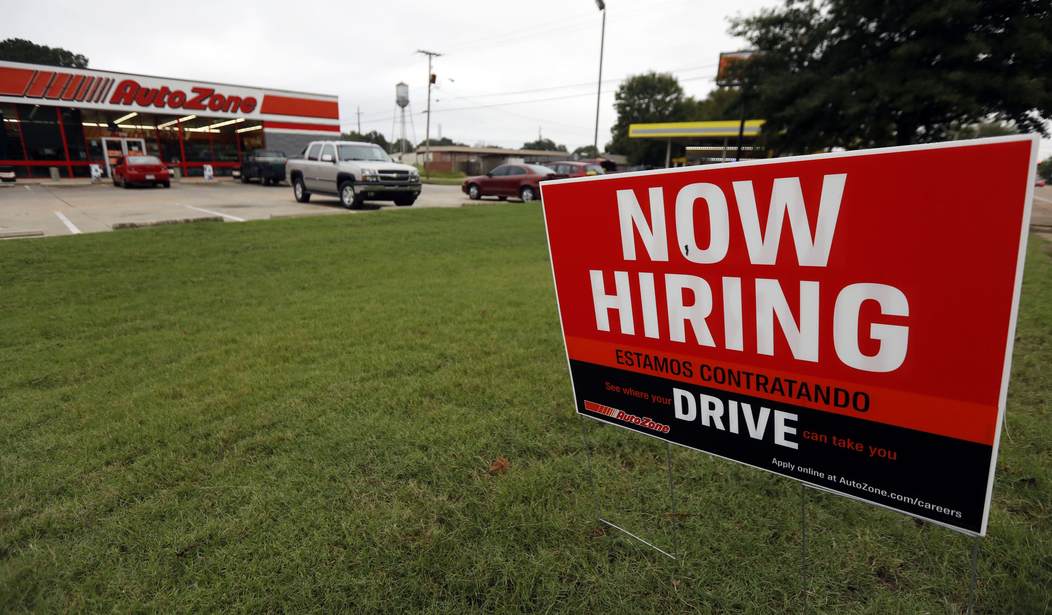Despite lower hiring numbers than the street expected, the U.S. unemployment rate ticked down from 8.4 percent to 7.9 percent. The number of new hires was at 661,000, lower than the 800,000 expected.
But the news is definitely getting better. Black unemployment dropped from 13 percent to 12.1 percent. And Asian unemployment dropped from 10.7 percent to 8.9 percent.
Leisure and hospitality led job gains with 318,000 while retail added 142,000 and health care and social assistance increased by 108,000.
As expected, government was the biggest drag on the month, losing 216,000 due to a drop in local and state government education as many schools maintained at-home instruction due to the virus. A reduction in Census workers also pulled 34,000 from the total.
Leisure and hospitality recovery will lag as people slowly return to a normal life. There are still social distancing restrictions in many states that prevent restaurants, bars, and movie theaters from fully reopening. And hotels will not recover until people start traveling again.
Some additional good news:
Those reporting being on temporary layoff fell by 1.5 million to 4.6 million. Workers holding part-time jobs for economic reasons fell by 1.3 million to 6.3 million, and the totals for longer-term layoffs also decreased considerably.
The temporary layoff total peaked at 18.1 million as payrolls fell by 22 million in March and April.
However, permanent job losses increased by 345,000 to 3.8 million, in total a 2.5 million increase since February, the month before the World Health Organization declared the coronavirus pandemic.
Those permanent job losses include thousands of businesses that have been forced into bankruptcy. Those numbers are expected to rise as long as some big cities insist on staying closed.
Overall, the economic picture is looking brighter.
The report comes amid a raft of mostly positive economic signals, including strong signs from the housing market and retail spending, as well as worries that rising coronavirus cases could threaten the recovery.
While millions more remain unemployed, September’s activity means that about 12 million jobs have been recovered since the mid-March economic shutdown that saw about 22 million layoffs.
This is probably why Joe Biden’s “Build Back Better” campaign has been a flop. Trump is building back without all the government interference that Biden would bring. Notice that he’s de-emphasizing that slogan as the campaign builds toward the finish.
This will be the last jobs report before the election next month. It’s an overall positive because it shows the recovery from the devastation caused by lockdowns and other restrictions is reversible. Who will get to reverse it will be decided on Election Day.










Join the conversation as a VIP Member